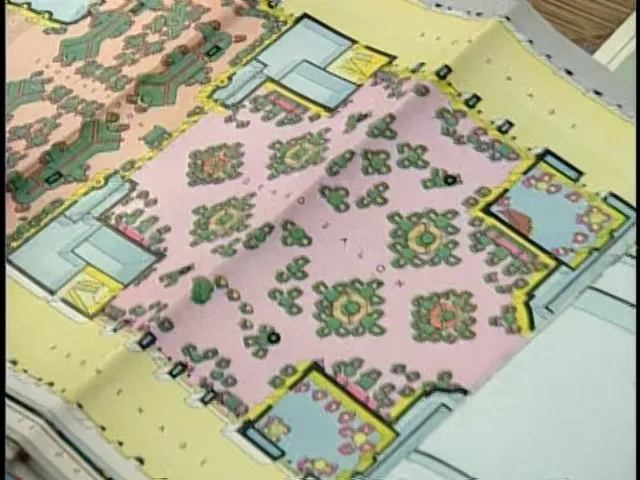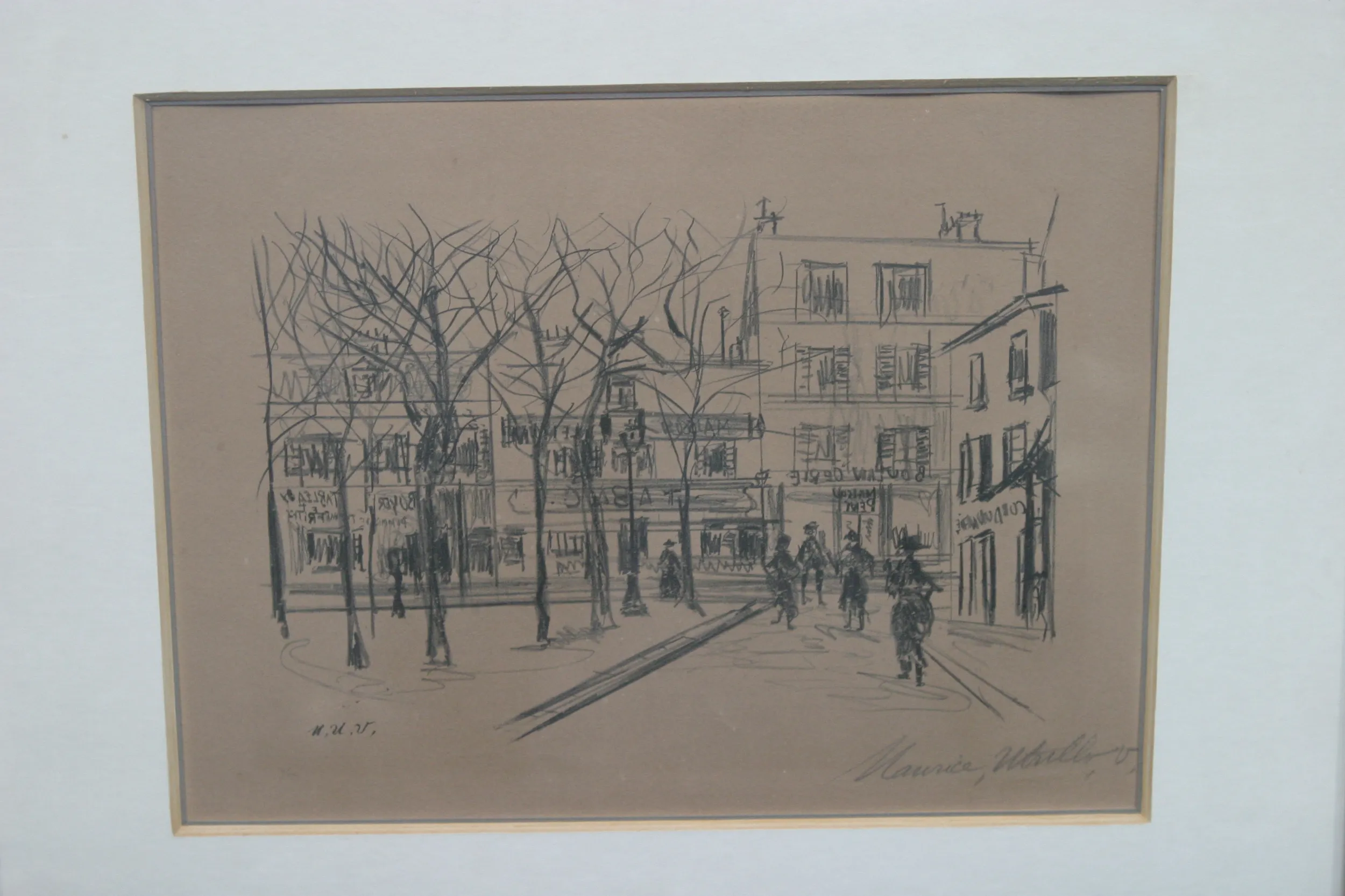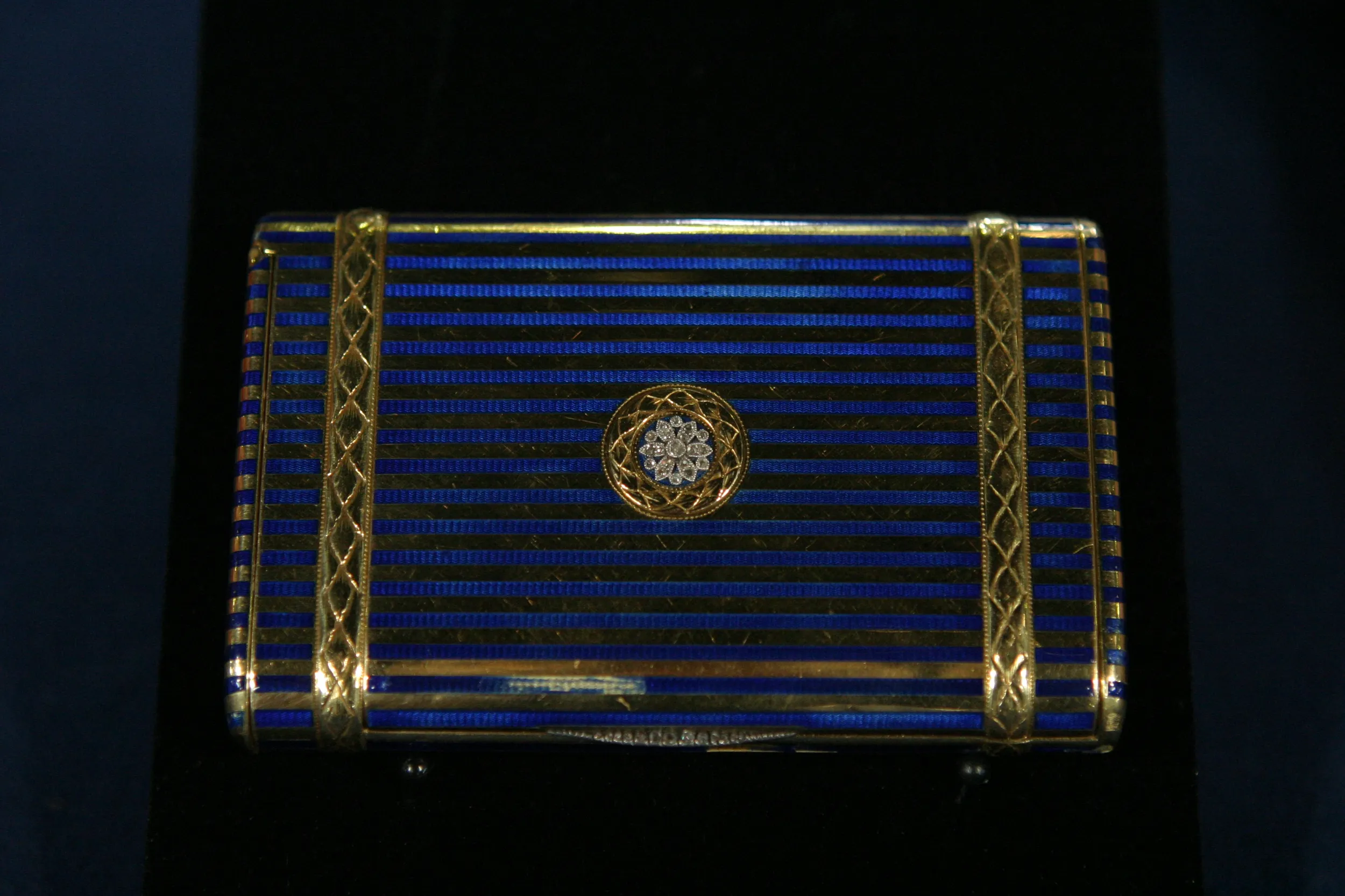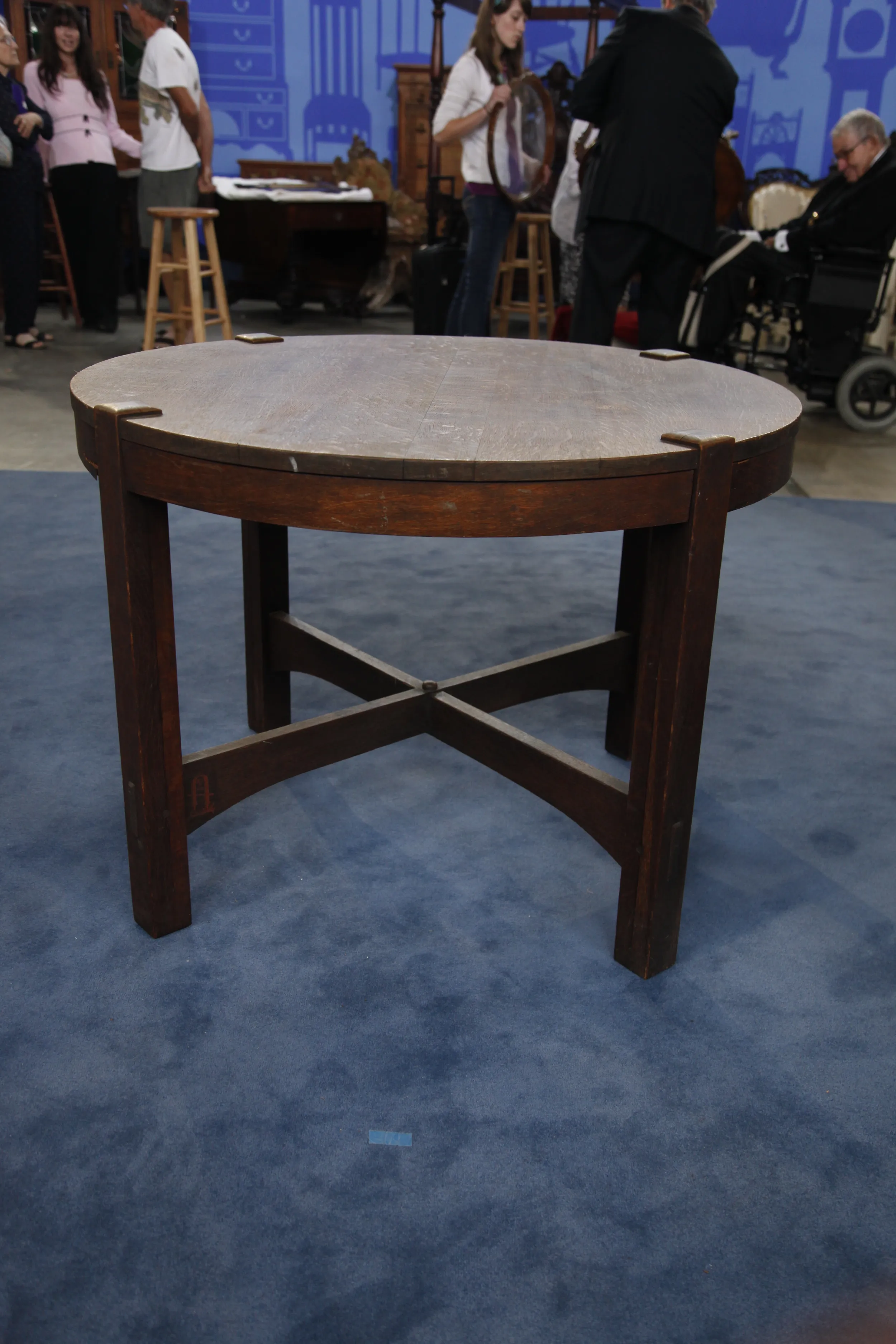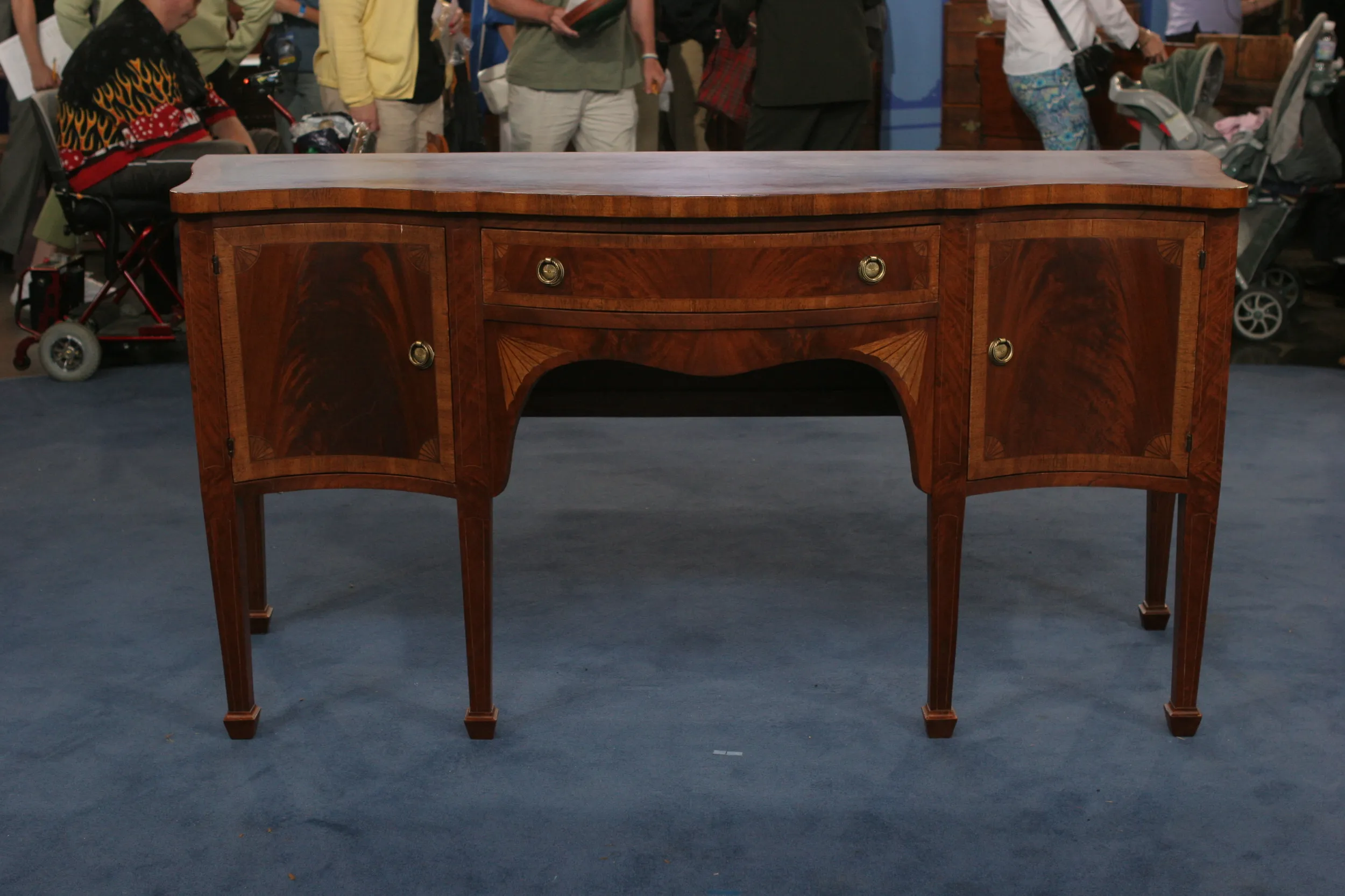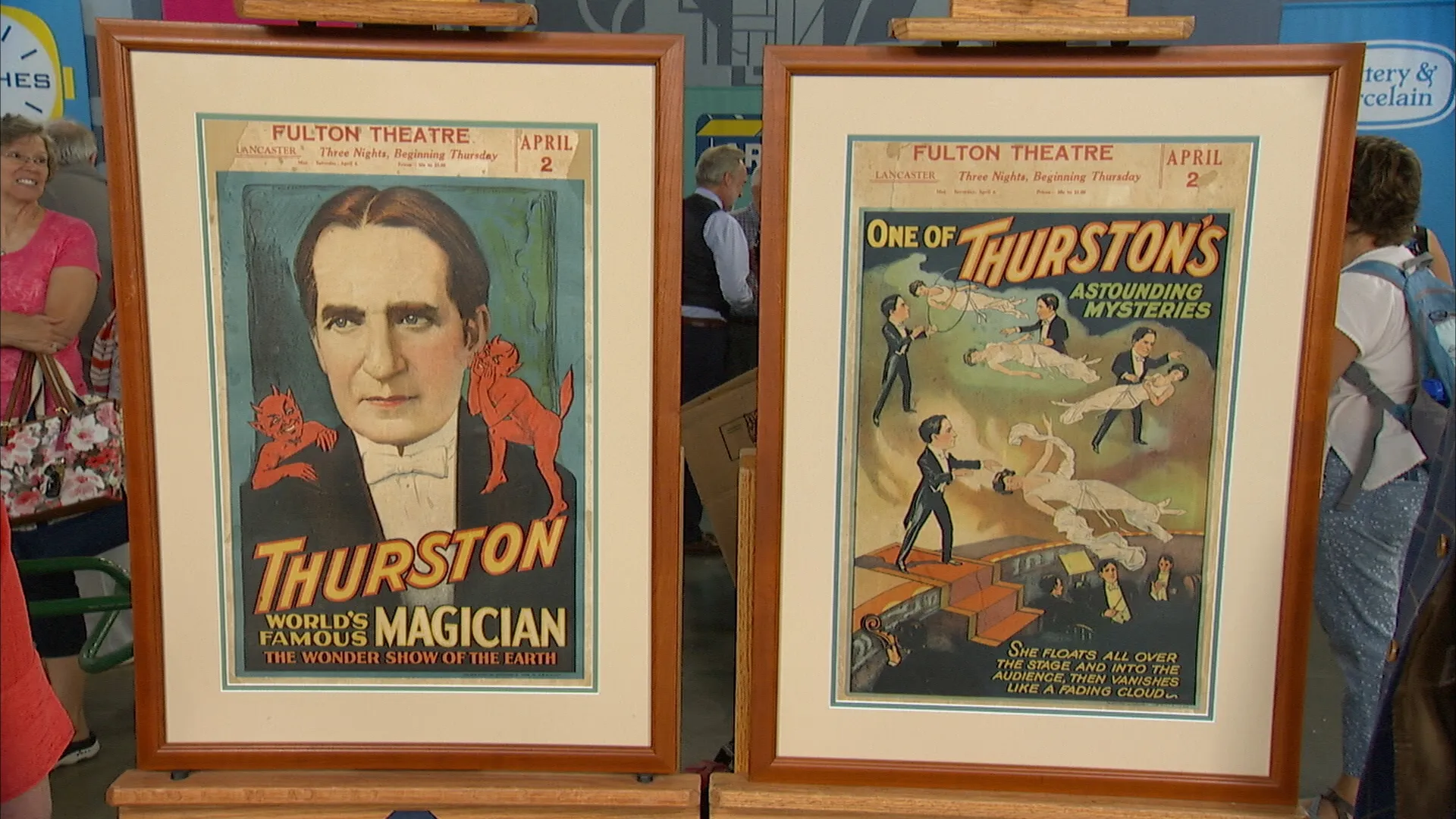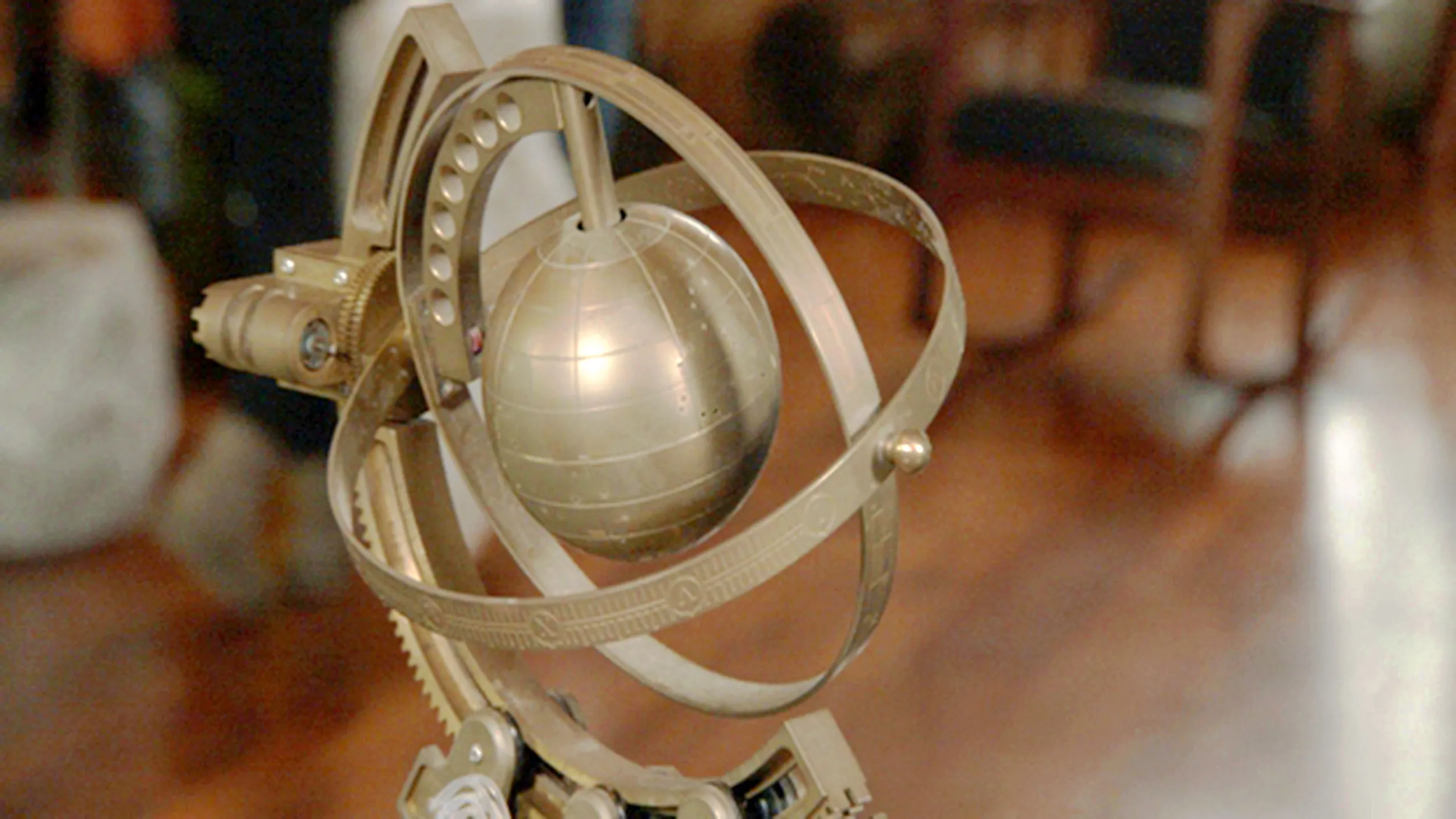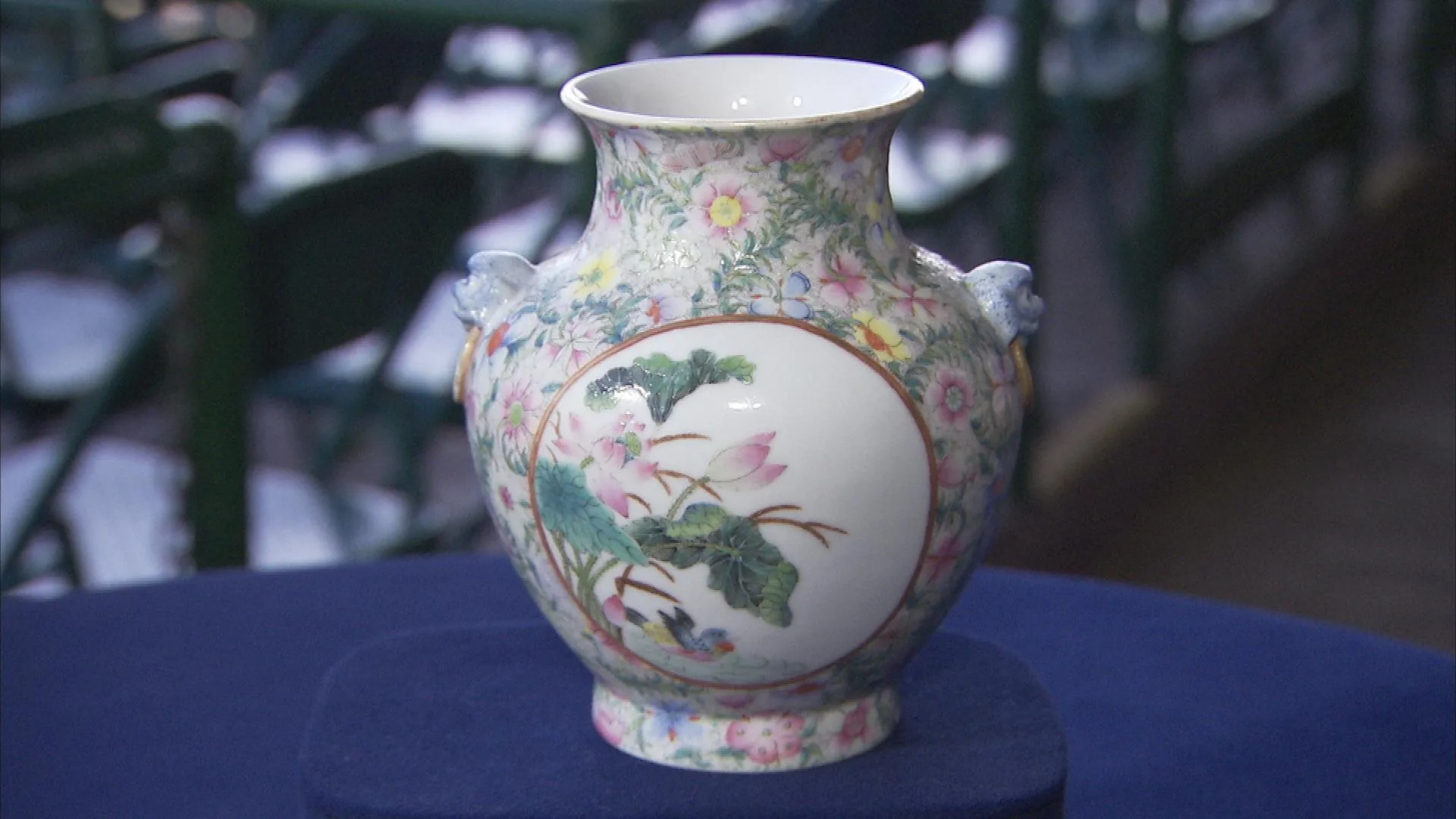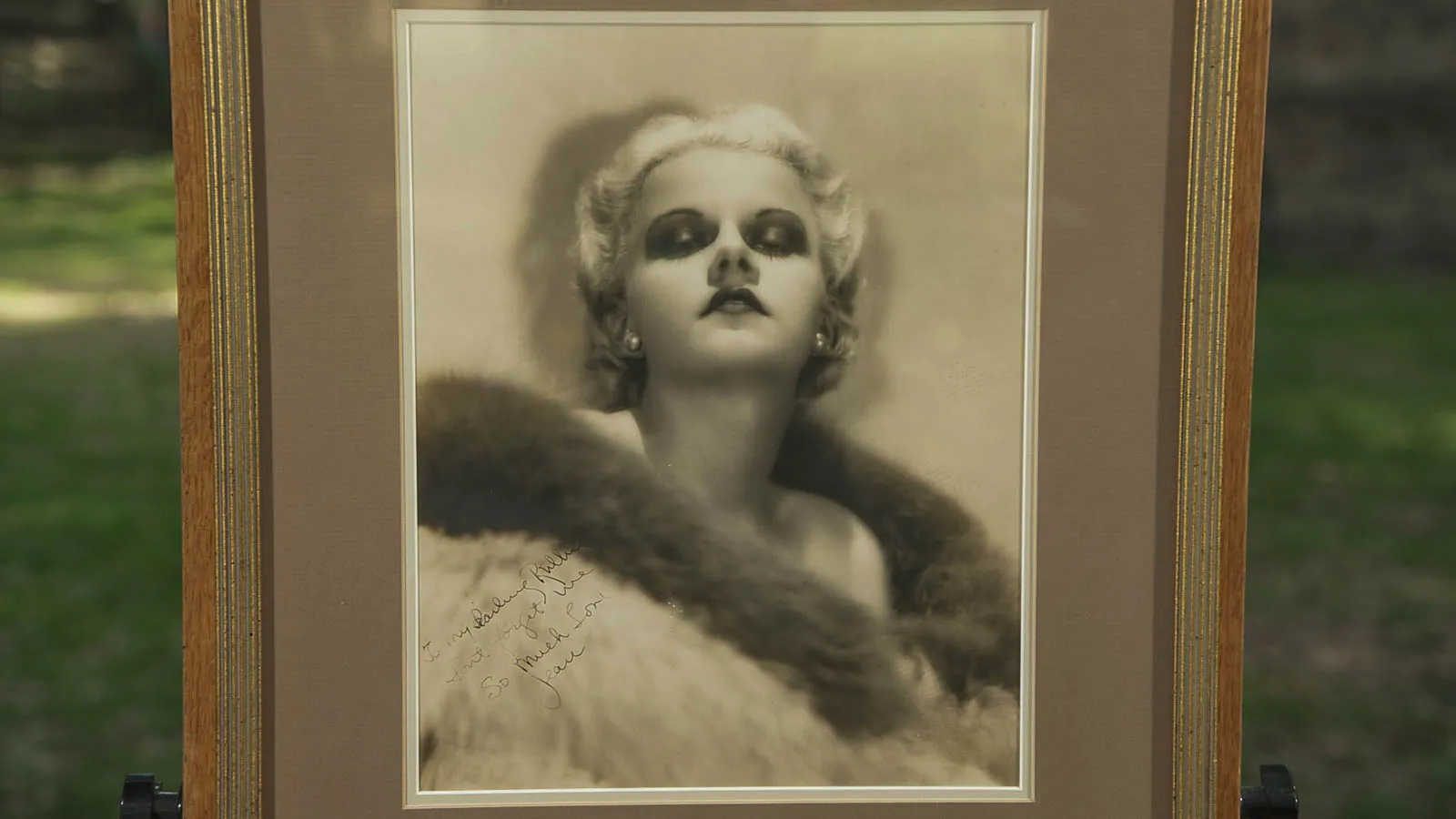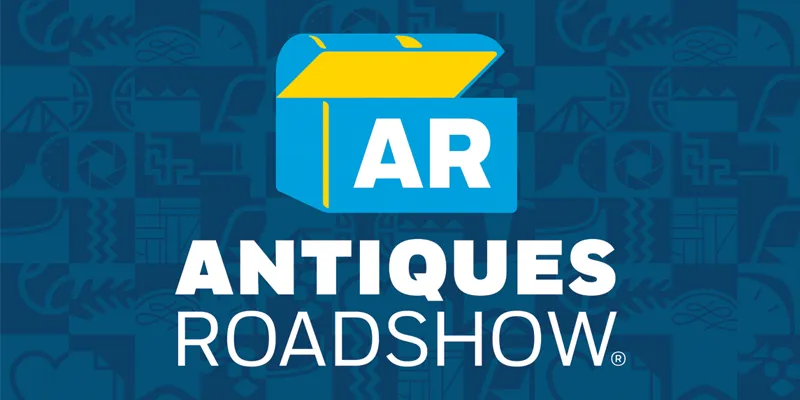GUEST: It was my grandfather's, and then it was handed down to my father and then to me. It's been in my house as long as I can remember. I remember coloring on it and playing with toys.
APPRAISER: It's a library table or a lamp table, made by Gustav Stickley. And these came in several sizes. They came in 24-inch, 36-inch, 42-inch. Ironically, the smaller ones tend to be a little more valuable. This is a midsize table.
GUEST: Oh, really?
APPRAISER: In terms of age, there are a couple things that we can look at that will make the dating very clear. First of all, the way the legs come through the top. This is called the through tenon. It took a lot of carpentry to manufacture a leg this way. Later pieces of Gustav Stickley, they did not come through the top of the table. Okay, furthermore, the size of the cross stretchers connecting the legs going back and forth, the thickness of that board is also typical of an early piece of Gustav Stickley. The later pieces, the boards tend to be slightly smaller in gauge. And that nipple that is pinning the cross stretchers together is another indication of an early piece of Gustav Stickley.
GUEST: Oh.
APPRAISER: The real indication of the age, the easiest thing, if you notice on the inside of that stretcher is a large red decal. That is a joiner's compass. It's Gustav Stickley's mark. At the top of it, it says, "Als ik kan," which is "As good as I can"; it was his motto.
GUEST: Oh, really? Oh, nice.
APPRAISER: That big, chunky red decal is typical of pieces made during and before 1904. So we know it's a fairly early piece of Gustav Stickley's work. This is quarter-sawn oak, and you know it's quarter-sawn because of this tiger striping going through the wood. It was expensive to have wood with this grain patterning or figuring in it, but it's what Gustav specialized in using. He did use veneers, and if we can see on the side over here, the veneer is lifting. The legs are laminated for strength. This does have most of its original finish. There is some scarring and drying of the top, which is typical. Also, if you notice the way the stretchers end in beveled flush tenons and then are pinned in place on the sides, another indication of the cabinetwork done in producing this piece. Now, in terms of pricing, a 42-inch lamp table or library table right now might be about $2,000, even from the early period. A piece this size, a 36-inch, would sell... right now, I'm thinking, because the condition is fairly good, at auction, somewhere between $3,500 and $4,500.
GUEST: Oh, really? Oh.
APPRAISER: The 24-inch one sold for $24,000...
GUEST: You're kidding. Oh, my God.
APPRAISER:...a few years back. So right now it's probably worth about $15,000.
GUEST: Really?
APPRAISER: Yeah, the prices have come down a fair amount on these things.


